How to repot a pothos in 5 simple steps
Our expert guide will show you how to transplant your pothos and ensure it stays healthy
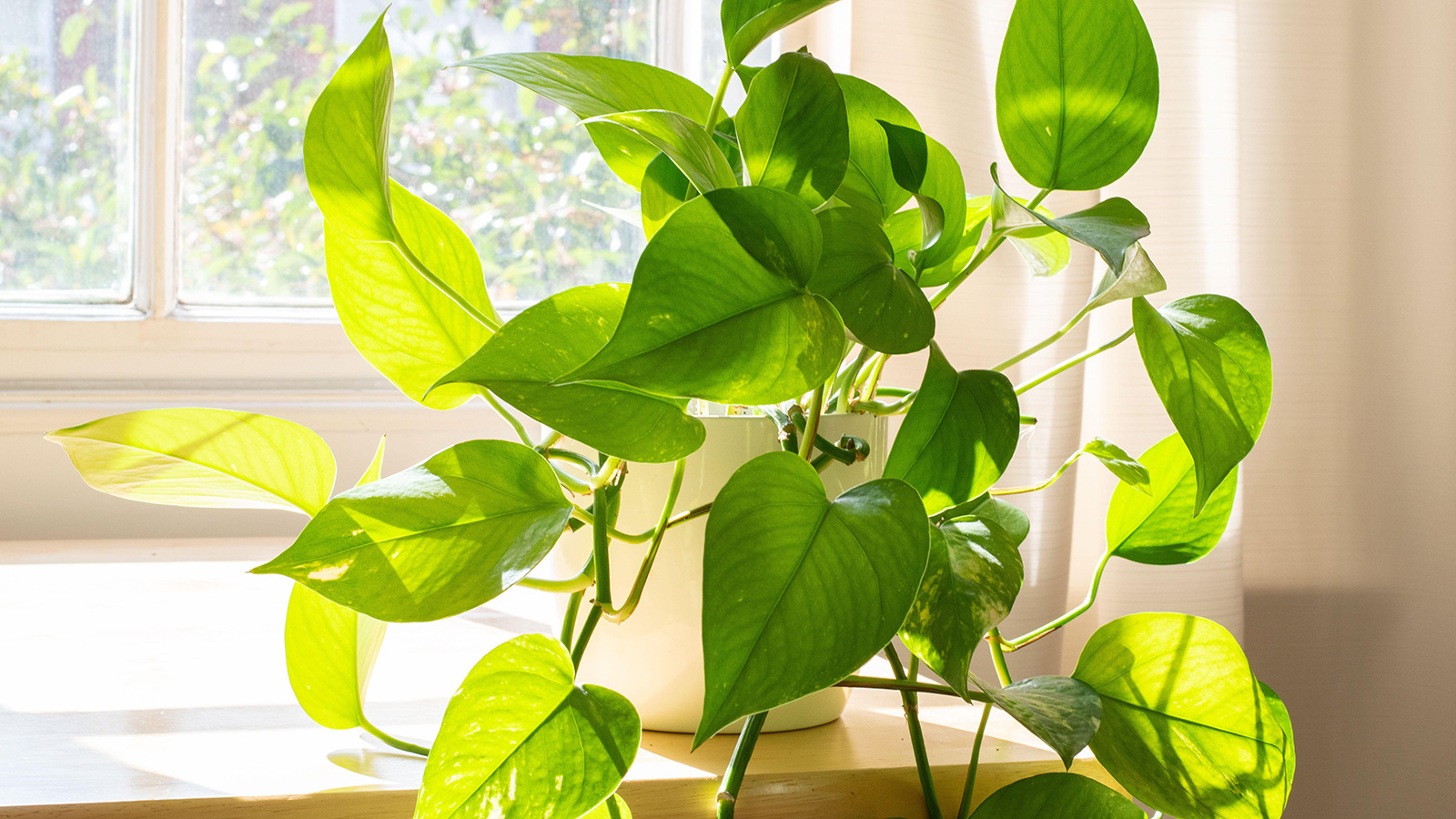

There is a saying that a plant will only grow as big as its pot, however, it's fair to say that a trailing pothos plant can get pretty large before you might notice its current pot simply isn’t big enough to accommodate its size.
With any plant, the roots need space to expand and grow, and there needs to be enough space in the soil for water and nutrients to be absorbed by the roots for it to stay healthy. Without enough space, plants can struggle or die. Therefore in addition to pruning your pothos it’s important that you know how to repot it.
The key telltale sign that you need to repot a pothos plant is if you see roots growing out of the bottom drainage holes. If you see this, or simply want to encourage an even bushier trailing vine in your home, here are five key steps to follow for repotting success.
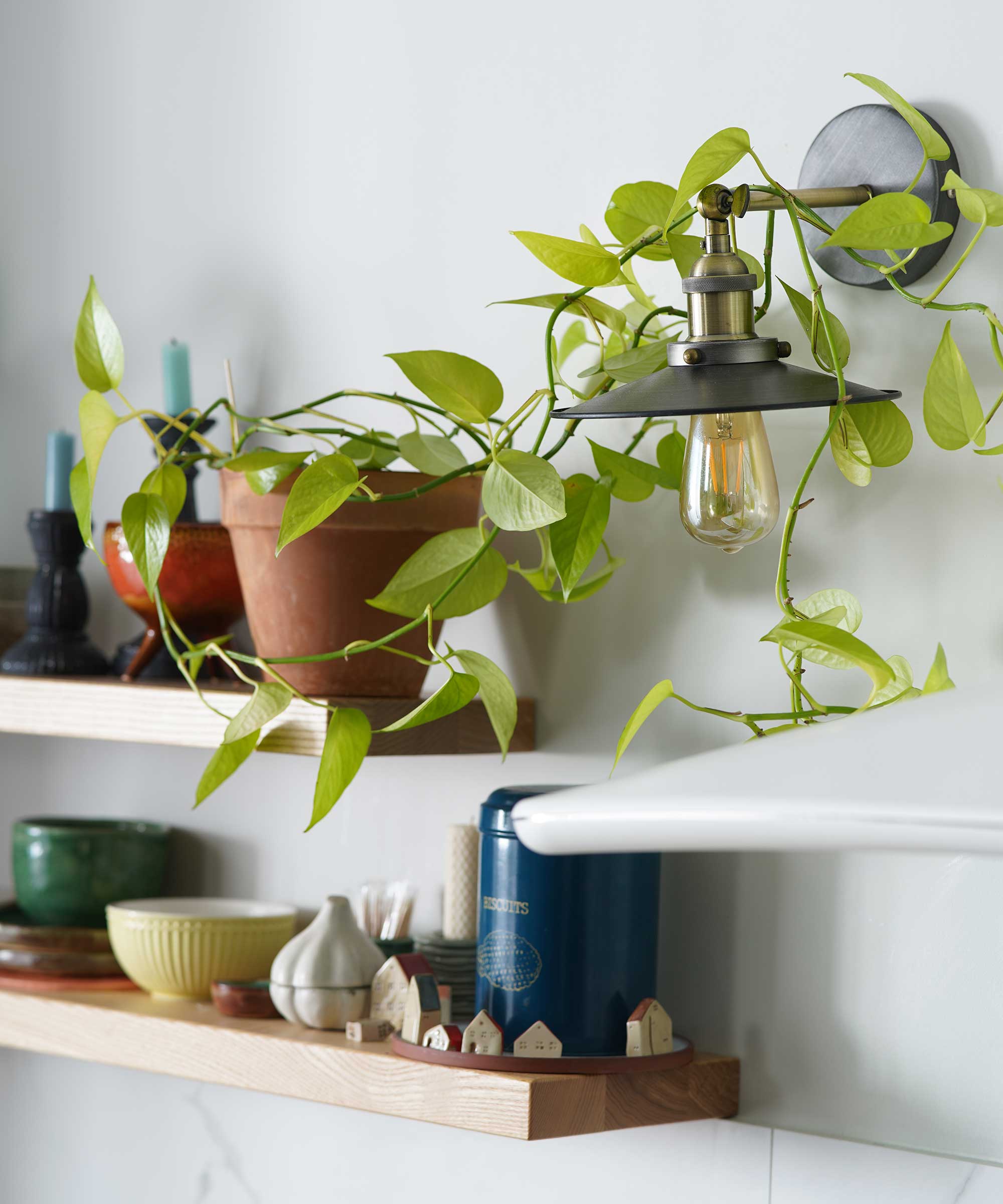
How to repot a pothos - a step-by-step guide
Repotting is a critical aspect of indoor plant health. Our indoor plant experts share how to successfully repot a pothos, based on their tried and tested methods.
1. Choose your new pot
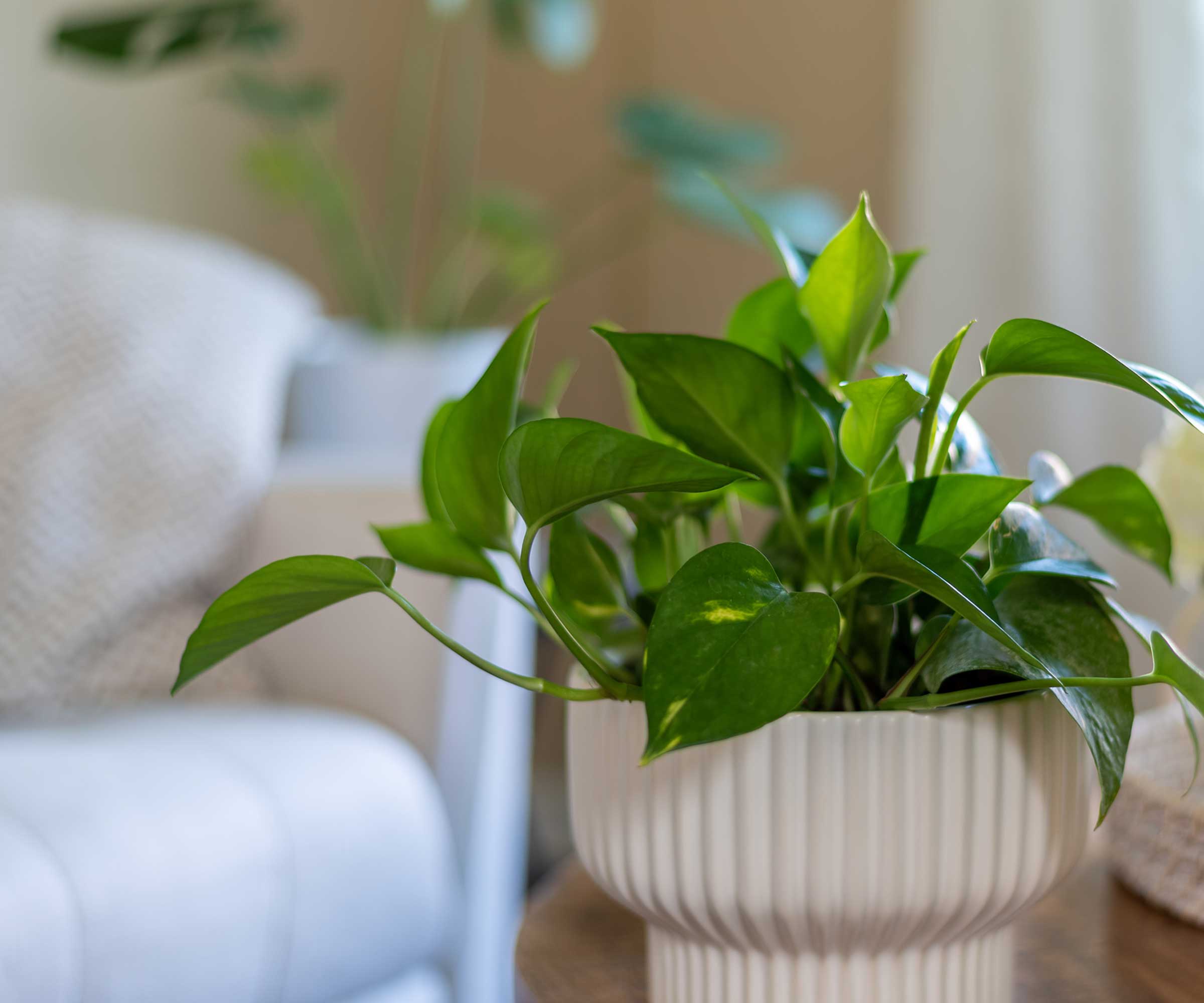
'When selecting a new pot for your pothos, choose one that is two inches larger in diameter than the current one,’ says Kayla Gajdascz, founder of Mental Houseplants.
‘This size increment is crucial, as it provides enough space for root growth without overwhelming the plant, similar to how we design irrigation systems that match the specific needs of the landscape area.'
Also make sure the pot has drainage holes to prevent water accumulation and root rot.

Kayla Gajdascz is the co-founder and president of Mental Houseplants, a company dedicated to spreading the positive impact that plants have on our mental health. One way that the company does this is by partnering with NAMI, the National Alliance on Mental Illness (the Massachusetts chapter), and donating a portion of every sale to them.
2. Carefully remove your pothos from its existing pot

Carefully remove your pothos from its existing pot, taking care not to pull at the leaves but instead gently easing the plant out by tipping the container sideways and supporting the plant at its base.
If the roots are densely packed or circling the pot, gently tease them apart to encourage outward growth, and knock off any surplus old soil.
If it's resistant, squeeze the sides of the pot if possible. You may also need to gently pry it out with a trowel. As long as you avoid pulling by the stems as much as possible this should not damage the plant.
3. Re-pot with fresh potting soil
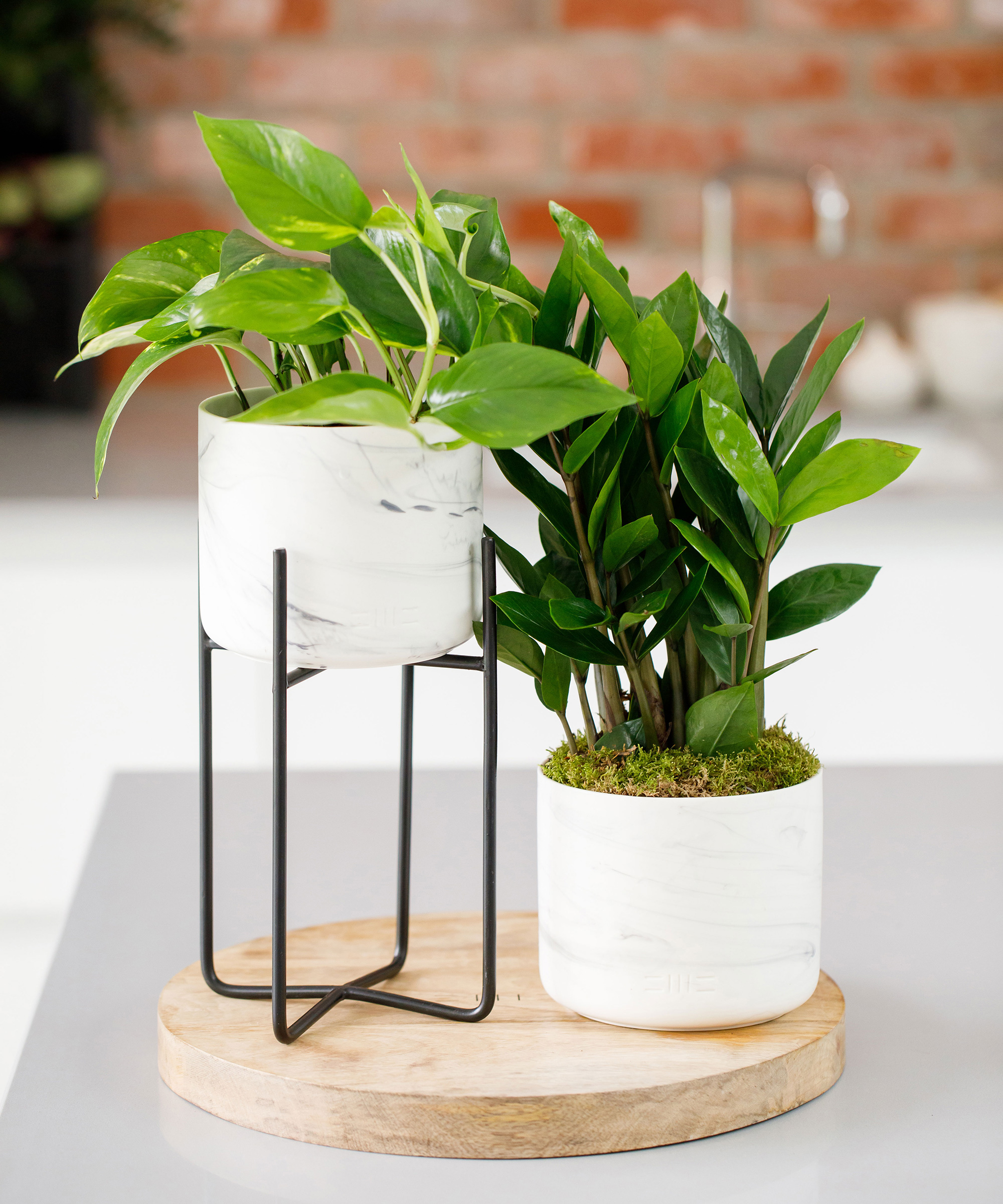
Once the pothos is in its new pot, fill around it with a high-quality potting mix, such as this one from Amazon. This is suitable for indoor plants, and has been specifically designed to support moisture management and nutrient retention.
Choosing the right soil mix makes a significant difference in plant health and growth.
4. Water your new pot well

Water the plant thoroughly after repotting, letting excess water drain out.
According to houseplant expert Vladan Nikolic, 'watering the plant more frequently encourages an initial heavy hydration of the plant, helping the pothos establish itself in its new pot.'
This step is critical in helping the plant settle in its new pot, ensuring the pothos resumes normal growth with minimal stress.

Vladan Nikolic, otherwise known as Mr. Houseplant, is a houseplant expert with over 10 years of experience. He is the founder of the houseplant care blog MrHouseplant.com and also an influencer who helps newcomers in the houseplant world become great plant parents.
5. Position your new plant in an optimal location
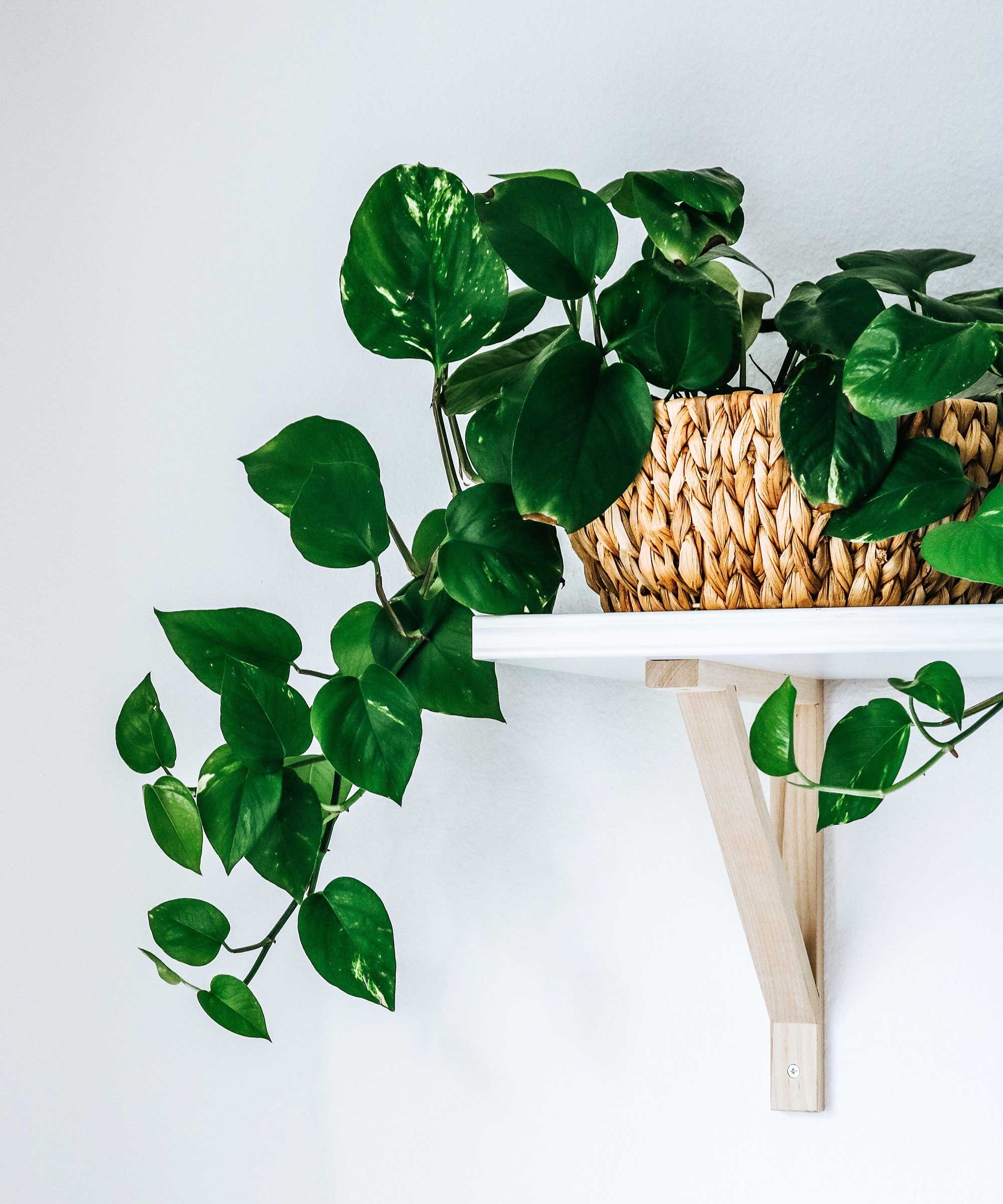
Finally, place your repotted pothos in an environment similar to its old one, and monitor it closely over the next couple of weeks for signs of shock. Pothos plants prefer being in a bright but sheltered spot away from direct sunlight.
After the initial dose of watering, try to maintain a regular watering schedule. Consistent conditions are vital for plant health, and will go a very long way to protecting the longevity of your plants.
After repotting your pothos, you may be tempted to feed it with additional plant food in order to help it establish itself in its new pot. However it’s important to not feed it for at least one month after repotting. The new potting soil mix is already filled with plant food so adding additional nutrients may cause more harm to already stressed out roots.
Sign up to the Homes & Gardens newsletter
Design expertise in your inbox – from inspiring decorating ideas and beautiful celebrity homes to practical gardening advice and shopping round-ups.

Seraphina is a contributing editor at Homes & Gardens, writing Solved features on organizing and storage. She loves to decorate and also grow her own produce from her home in London. Her previous experience includes working at Women's Health and Fabulous Magazine.
-
 Martha Stewart's intelligent cabinets 'take every inch into consideration' – their 'visually light' style will solve your small kitchen storage problems
Martha Stewart's intelligent cabinets 'take every inch into consideration' – their 'visually light' style will solve your small kitchen storage problems'Every kitchen can be beautiful and functional, no matter what the size': 9 years since sharing her clever storage, Martha's cabinets are just as beautiful
By Megan Slack Published
-
 This once-dated kitchen is now a timeless space with the coziest details – and its the classic color palette that's made it a chic, welcoming space
This once-dated kitchen is now a timeless space with the coziest details – and its the classic color palette that's made it a chic, welcoming spaceWarming colors and natural materials combine to create this enduringly classic kitchen scheme
By Molly Malsom Published